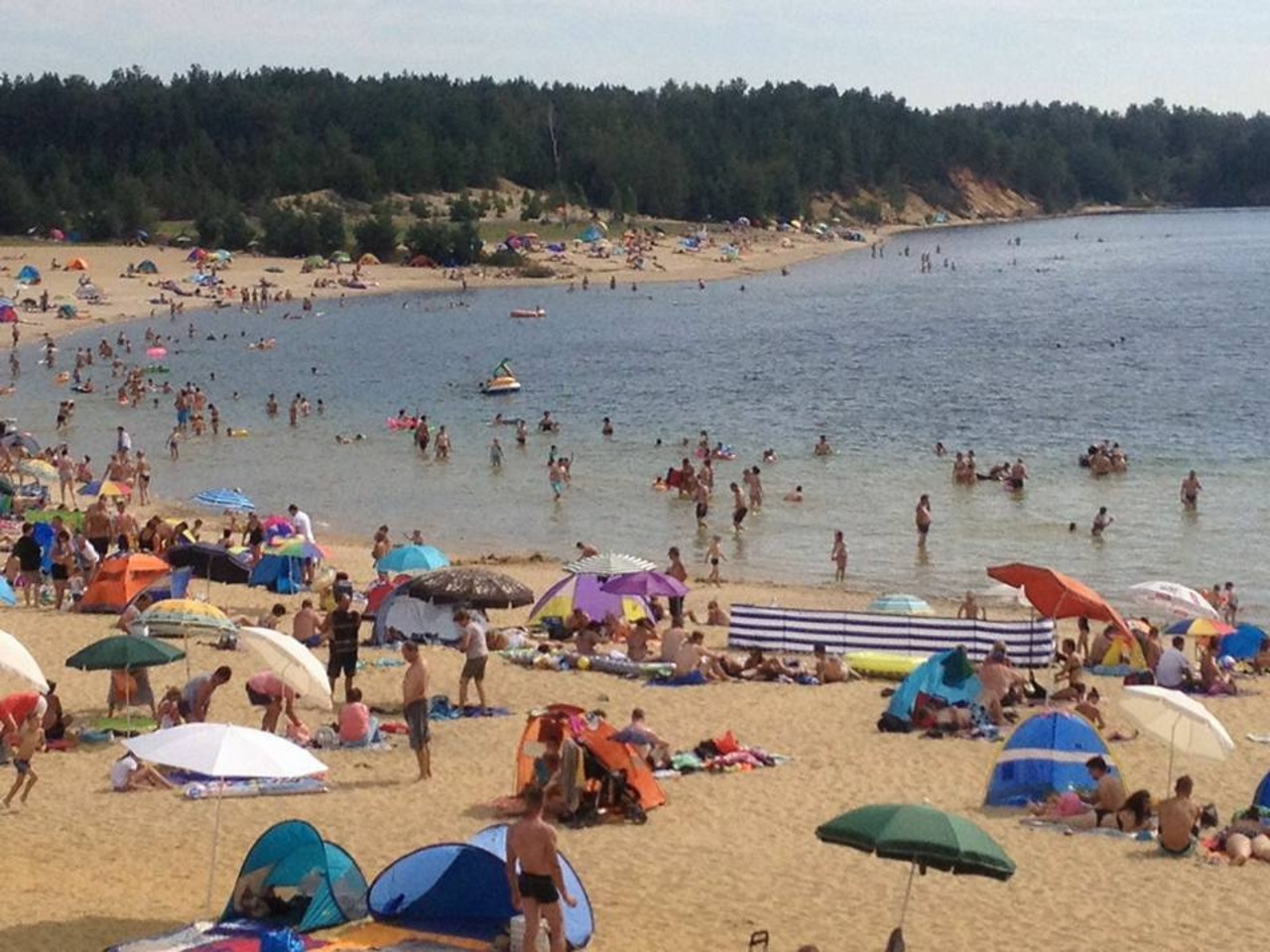Bärwalder See is the largest water body in the Saxon part of the Lusatian Lake District.
What is more: it is the largest lake in the Free State of Saxony. The flooded pit of the former Bärwalde opencast mine measures just over 5 square miles (13 km2). This space could accommodate over 1,850 football fields. Some 185 million metric tons of coal were extracted from this pit between 1976 and 1992 and for the most part converted into electricity in the Boxberg power plant. Redevelopment of the prematurely discontinued opencast mine began in 1993 and the flooding of the pit commenced four years later. Bärwalder See can store up to 6,145 million cubic feet (174 million m3) of water. It is fed by the river Spree, the Schulenburg Canal and the Dürrbacher Fließ.
The water body has a pH value above 6, which is rather unusual for flooded opencast mine pits, since iron and sulphur leaking from the dumps usually create a partly acidic environment. Yet in the environs of the Boxberg district of Uhyst/Spree, the lake is largely filled by natural Spree river water. This is one of the factors behind the excellent water quality, which in turn is greatly appreciated by bathers. The lake features three beaches: in Boxberg/O.L., in Uhyst/Spree and in Klitten. Visitors can moreover test their skills trying out various water sports. Piers in Klitten, Uhyst/Spree and Boxberg/O.L. provide optimal conditions for passenger cruises.
The lakefront at Boxberg boasts a promenade, a beach including a naturist beach section and a dog beach, a pier, a Tourist Information Centre (TIC), a comfortable camping site and an inline skating arena. These attractions are complemented by the accessible landscape structure in the shape of a human ear including an integrated amphitheatre (‘Theater im OHR’) with 270 seats. Last but not least, a 14.3 mile (23 km) long circular tarmac path runs around the lake. More information about the lake and potential activities is available at www.baerwalder-see.eu.
Boxberg/O.L. was first mentioned in 1366, in the context of an iron hammer. Bog iron ore was processed up until 1884. The construction of the power plant as of 1965/1966 drew many people to the former heathland village. More information about Boxberg/O.L. is available at www.boxberg-ol.de.

